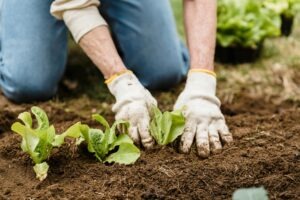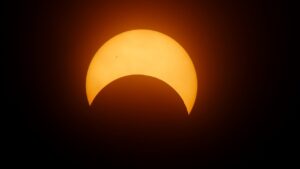
The natural world is filled with flowers of all shapes and colors. They can be as tiny as fleabane (Conyza floribunda) at under three millimeters to as large as the Titan variety of sunflower (Helianthus annuus) with heads that reach 24 inches across.
What’s surprising is that a great many of these flowers are all related. About one quarter of flowering plants are members of the Asteraceae family. This family consists of more than 32,000 known species of flowering plants.
As well as sunflowers, members of this family include asters, daisies, chyrsanthemums, dahlias, zinnias, marigolds and coneflowers. Lettuce is in the Asteraceae family, along with artichokes, chamomile and tarragon.
The sheer variety of sunflowers can make the plant a challenge to identify. Botanists have identified 190 genera and nearly 2500 species in the sunflower (Heliantheae) tribe alone. So well known is the difficulty of identifying Asteraceae that frustrated botanists sometimes jokingly refer to all yellow, daisy-shaped flowers as “damned yellow composites” or DYCs.
Yet correctly identifying Asteraceae is important when conducting plant surveys, assessing the ecological health of a habitat, managing land or simply exploring nature. Fortunately, sunflower experts Richard Spellenberg and Naida Zucker can help.
Their book The Sunflower Family: A Guide to the Family Asteraceae in the Contiguous United States, published by BRIT Press, provides a clear and easy-to-follow process for pinpointing the tribe and species of members of the family. More than 1700 photos help identify 428 genera and nearly 700 species of sunflowers, daisies, asters and their relatives in the United States and Canada.

Spellenberg and Zucker, along with fellow Asteraceae expert Tim Lowrey, will provide an introduction to sunflowers at a free talk and book signing event on Sept. 16. Guests should bring their sunflower questions along with their copy of The Sunflower Family for Spellenberg and Zucker to sign. Books will also be available for purchase.
A follow-up session including a hands-on workshop and walk will be held the next morning, Sept. 17. Spellenberg, Zucker and Lowrey will guide guests through the identification process. Then the group will take a walk through the Garden to search for Asteraceae and practice their new skills.
Join us to discover the wonders of the sunflower–and never again struggle to identify DYCs.







